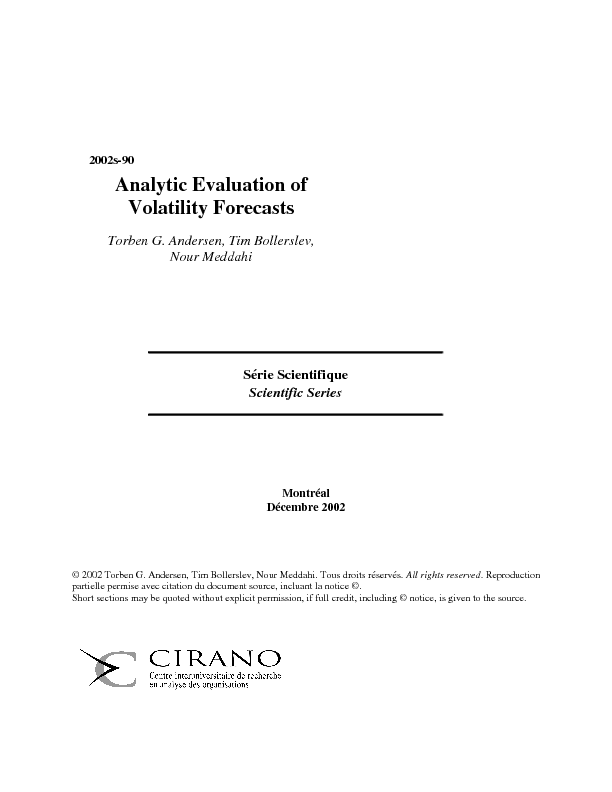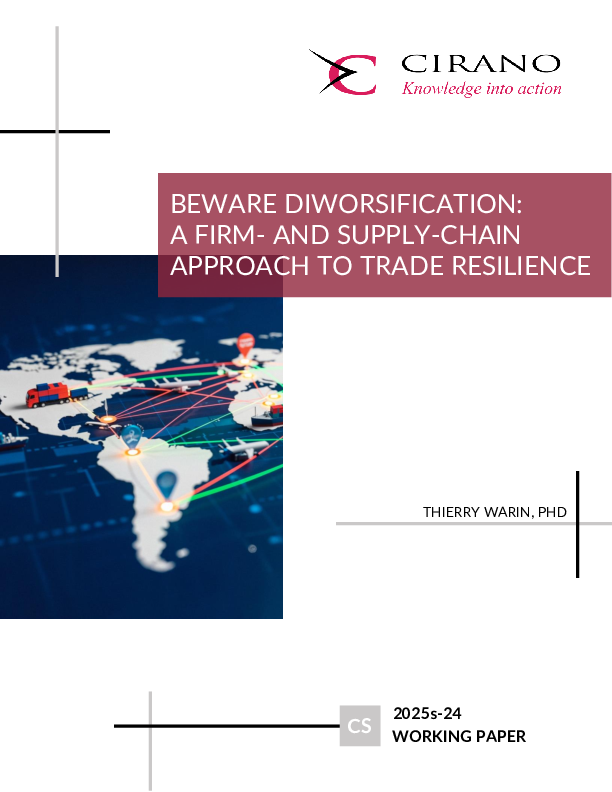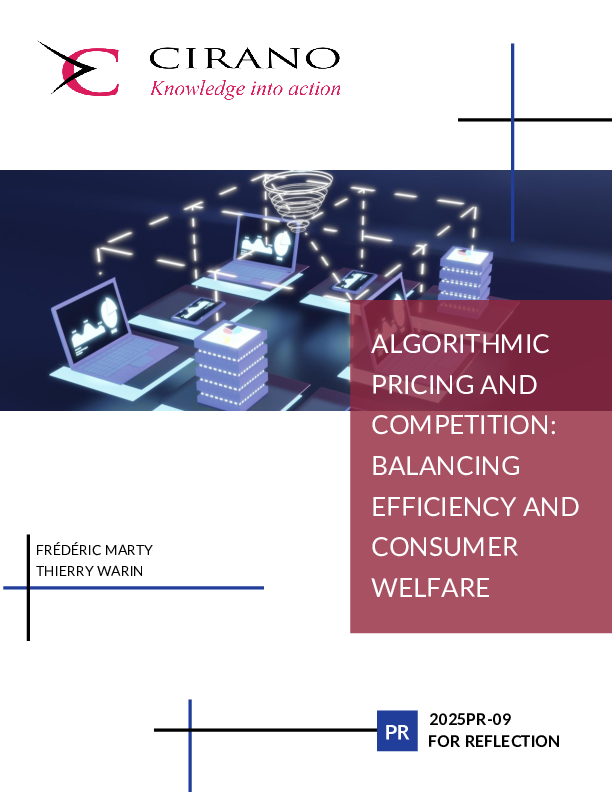Analytic Evaluation of Volatility Forecasts
The development of estimation and forecasting procedures using empirically realistic continuous-time stochastic volatility models is severely hampered by the lack of closed-form expressions for the transition densities of the observed returns. In response to this, Andersen, Bollerslev, Diebold and Labys (2002) have recently advocated modeling and forecasting the (latent) integrated volatility of primary import from a pricing perspective based on simple reduced form time series models for the observable realized volatilities, constructed from the summation of high-frequency squared returns. Building on the eigenfunction stochastic volatility class of models introduced by Meddahi (2001), we present analytical expressions for the loss in forecast efficiency associated with this easy-to-implement procedure as a function of the sampling frequency of the returns underlying the realized volatility measures. On numerically quantifying this efficiency loss for such popular continuous-time models as GARCH, multi-factor affine, and log-normal diffusions, we find that the realized volatility reduced form procedures perform remarkably well in comparison to the optimal (non-feasible) forecasts conditional on the full sample path realization of the latent instantaneous volatility process.
[ - ]




